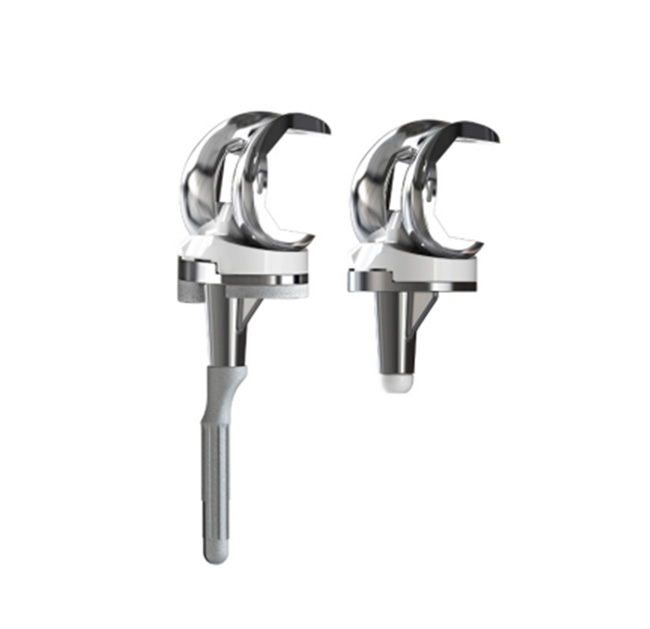When Revision Total Knee Replacement Is Recommended?
 Apr. 02, 2021
Apr. 02, 2021
In order for a total knee replacement to function properly, a knee prosthesis must remain firmly attached to the bone. During the initial surgery, it was either cemented into position or bone was expected to grow into the surface of the implant. In either case, the implant was firmly fixed. Over time, however, an implant may loosen from the underlying bone, causing the knee to become painful.
The cause of loosening is not always clear, but high-impact activities, excessive body weight, and wear of the plastic spacer between the two metal components of the implant are all factors that may contribute. Also, patients who are younger when they undergo the initial knee replacement may "outlive" the life expectancy of their artificial knee. For these patients, there is a higher long-term risk that revision surgery will be needed due to loosening or wear.
In some cases, tiny particles that wear off the plastic spacer accumulate around the joint and are attacked by the body's immune system. This immune response also attacks the healthy bone around the implant, leading to a condition called osteolysis. In osteolysis, the bone around the implant deteriorates, making the implant lose or unstable.
Infection
Infection is a potential complication in any surgical procedure, including total knee replacement. Infection may occur while you are in the hospital or after you go home. It may even occur years later.
If an artificial knee becomes infected, it may become stiff and painful. The implant may begin to lose its attachment to the bone. Even if the implant remains properly fixed to the bone, pain, swelling, and drainage from the infection may make revision surgery necessary.

Antibiotic spacer
An antibiotic spacer placed in the knee during the first stage of treatment for joint replacement infection.
Revision for infection can be done in one of two ways, depending on the type of bacteria, how long the infection has been present, the degree of infection, and patient preferences.
Debridement. In some cases, the bacteria can be washed out, the plastic spacer can be exchanged, and the metal implants can be left in place.
Staged surgery. In other cases, the implant must be completely removed. If the implant is removed to treat the infection, your doctor will perform the revision in two separate surgeries. In the first surgery, he or she will remove the implant and place a temporary cement spacer in your knee. This spacer is treated with antibiotics to fight the infection and will remain in your knee for several weeks. During this time, you will also receive intravenous antibiotics. When the infection has been cleared, your doctor will perform a second surgery to remove the antibiotic spacer and insert a new prosthesis. In general, removing the implant leads to a higher chance of curing the infection, but is associated with a longer recovery.
Instability
If the ligaments around your knee become damaged or improperly balanced, your knee may become unstable. Because most implants are designed to work with the patient's existing ligaments, any changes in those ligaments may prevent an implant from working properly. You may experience recurrent swelling and the sense that your knee is "giving way." If knee instability cannot be treated through nonsurgical means such as bracing and physical therapy, revision surgery may be needed.













